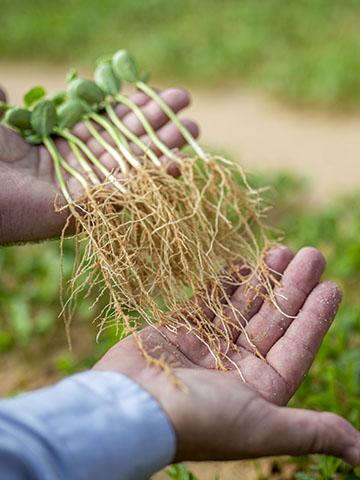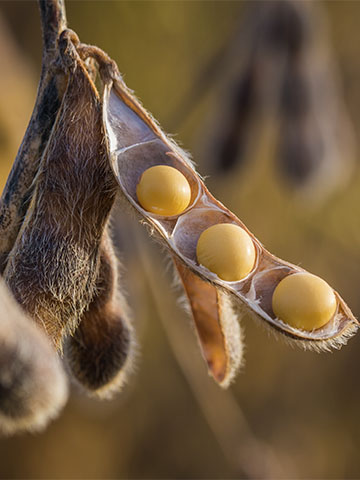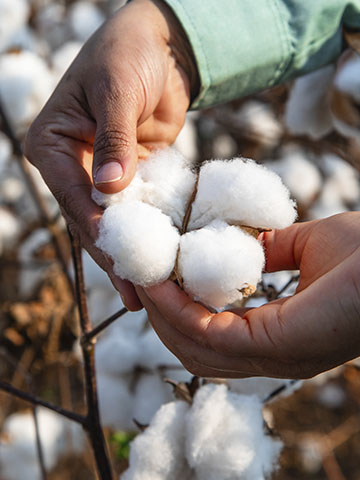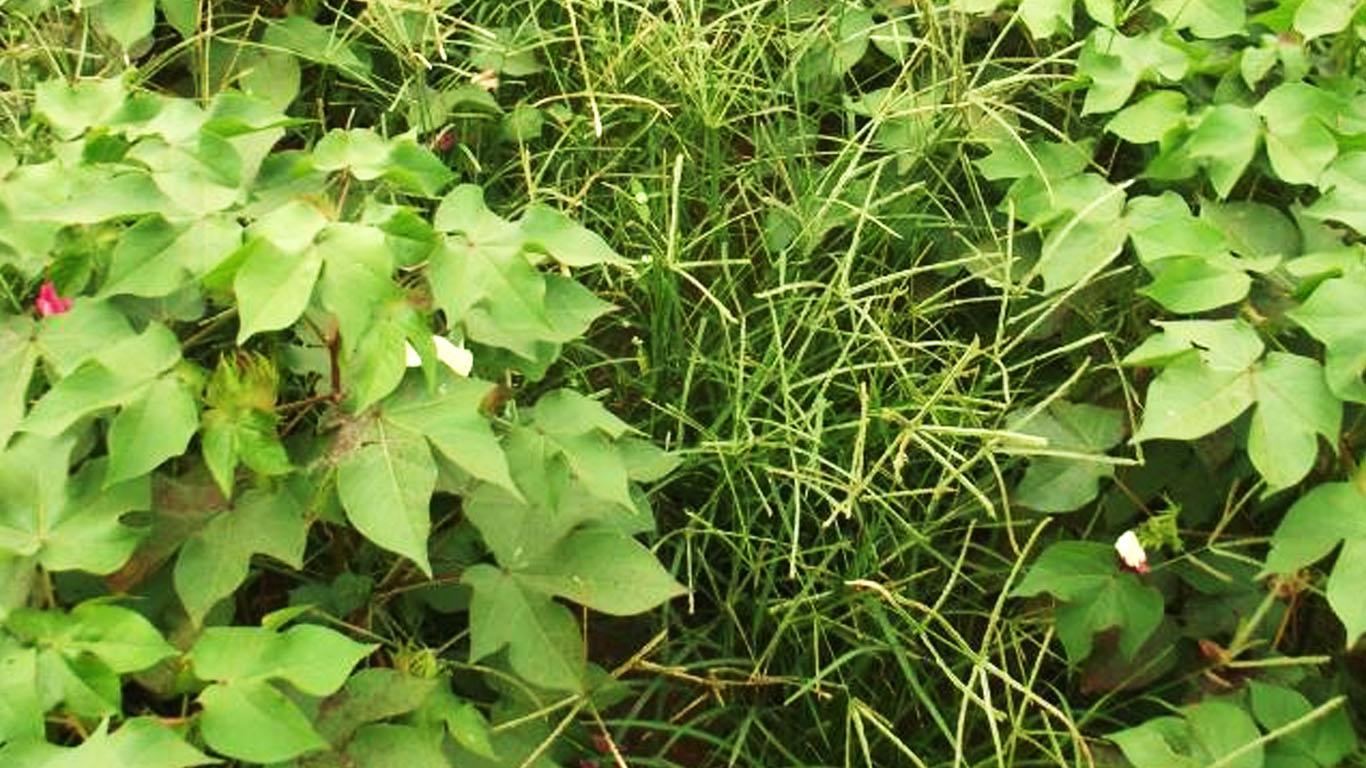“Indian goosegrass (Eleusine indica) in Mato Grosso: resistance to ACCase inhibitor herbicides and the indication of alternative action farms” is the title of the most recent Technical Circular of the Mato Grosso do Sul Institute (IMAmt).
Signed by researchers Edson de Andrade Junior and Leonardo Bitencourt Scoz, from IMAmt, and by professors Anderson Luis Cavenaghi, from Univag – Centro Universitário, and Sebastião Carneiro Guimarães, from the Federal University of Mato Grosso (UFMT), Technical Circular No.38 presents the results of a monitoring study conducted from 2012 to 2016 on the resistance of one of the most frequent weeds in cotton plantations in Mato Grosso.
Indian goosegrass (E. indica) is highly adaptable to the climate and soil of Mato Grosso, besides being the host to several pathogens that attack cultivated plants, such as Helminthosporium spp., Meloidogyne incognita, Rotylenchulus reniformis and Pratylenchus pratensis.
According to the authors of Technical Circular No.38, the cotton growers in Mato Grosso, who cultivated 795 thousand ha of cotton in the 2017/18 harvest, have been experiencing the increase of weeds that are resistant to herbicides:
“Among the most frequent weed species in annual crops, the importance of Indian goosegrass has increased in recent years due to constant failures in the effectiveness of controlling it using ACCase inhibitor herbicides, which has resulted in intense infestations in areas where soy, cotton and corn are cultivated.”
One possibility of managing this weed is with the use of cotton, soybean and corn cultivars resistant to glyphosate, but there are also reports of E. indica biotypes being resistant to glyphosate in several countries, including Brazil, the authors of the study warn.
For this study, weed seeds were collected in all cotton producing regions of Mato Grosso, mainly in areas where Indian goosegrass had survived at least one treatment application of herbicide containing ACCase inhibitors , between the years 2012 and 2016.
After treatment, these samples were submitted to six types of treatment, one without the use of herbicides and the other with different doses of the two herbicides being evaluated. By means of graphs and tables it is possible to verify the results, such as the perception that resistance to ACCase inhibitor herbicides is common in all cotton producing regions of Mato Grosso.
According to the authors of TC No. 38, “the continuity of localization and confirmation of herbicide resistant cases is important to reduce the expansion of the problem and to make farmers aware of the need for herbicide rotation with different herbicides, which is currently being carried out in order to meet the demand of the CTGs (Cotton Technical Group) of the cotton areas of Mato Grosso”.
To know more about the study and its results, check out the full TC No. 38 here.
Source: https://www.grupocultivar.com.br/noticias/resistencia-de-capim-pe-de-galinha-e-tema-de-circular-tecnica-do-imamt
Published on: 9/28/2018
Author: Martha Baptista







